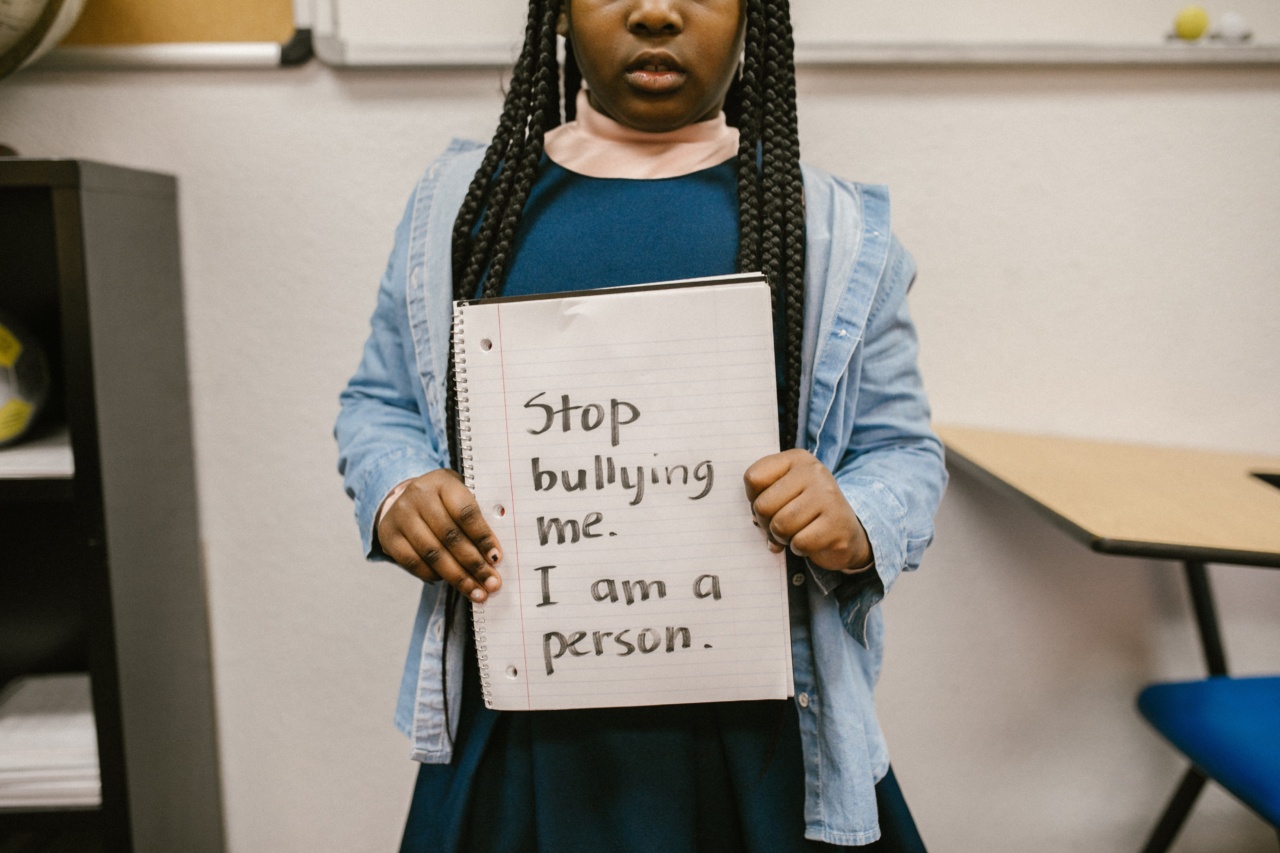Chickenpox is a common viral infection that most commonly affects children younger than 10 years old. The disease causes an itchy, blistering rash that can be uncomfortable for your child.
If you suspect your child has chickenpox, it’s important to take the necessary steps to alleviate symptoms and prevent spreading the infection to others.
What are the symptoms of chickenpox?
The first signs of chickenpox typically include headache, fever, and a general feeling of unwellness. In a few days, the characteristic red, itchy rash will appear on your child’s skin.
The rash quickly progresses into fluid-filled blisters, which eventually scab over and fall off. Other symptoms may include:.
- Cough
- Sore throat
- Abdominal pain or discomfort
- Nausea or vomiting
- Loss of appetite
How is chickenpox spread?
Chickenpox is highly contagious and is spread through direct contact with the rash or by breathing in tiny droplets that are released when an infected person coughs or sneezes.
The period of contagion lasts from two days before the rash appears until all of the blisters have scabbed over, usually about 7-10 days after the onset of symptoms. If your child has chickenpox, it’s important to keep them away from other people, especially those who are pregnant, have weakened immune systems or have not had chickenpox before.
What can you do to help your child feel better?
There is no cure for chickenpox, but there are several things that you can do to help relieve your child’s symptoms:.
- Give your child acetaminophen or ibuprofen to reduce fever and relieve pain
- Apply calamine lotion to the rash to help reduce itching
- Keep your child’s fingernails trimmed short to prevent scratching, which can cause scarring or infection
- Use cool compresses or baking soda baths to help soothe the rash
- Make sure your child drinks plenty of fluids to stay hydrated
When should you call a doctor?
In most cases, chickenpox will run its course without any complications. However, it’s important to seek medical attention if your child experiences any of the following:.
- The rash is very severe or covers a large area of the body
- The rash becomes red, warm, swollen or tender, which may indicate a bacterial skin infection
- Your child has difficulty breathing, becomes lethargic, or develops a severe headache or stiff neck
- Your child is vomiting or experiencing severe abdominal pain
- Symptoms persist for more than two weeks or are accompanied by a high fever
How can you prevent chickenpox?
The best way to prevent chickenpox is to have your child vaccinated. The chickenpox vaccine is safe and effective, and is recommended for all children between the ages of 12 months and 12 years who have not had chickenpox before.
If your child has already had chickenpox, they are usually immune to the disease and do not need to be vaccinated. It’s also important to practice good hygiene, including washing your hands frequently and avoiding contact with people who have chickenpox.
Conclusion
Chickenpox is a common childhood illness that can be uncomfortable for your child. Although there is no cure for chickenpox, there are several things you can do to help your child feel better.
If your child has chickenpox, it’s important to keep them away from other people to prevent spreading the infection. If you have any concerns about your child’s symptoms or if you need advice on how to manage the disease, don’t hesitate to contact your doctor.































